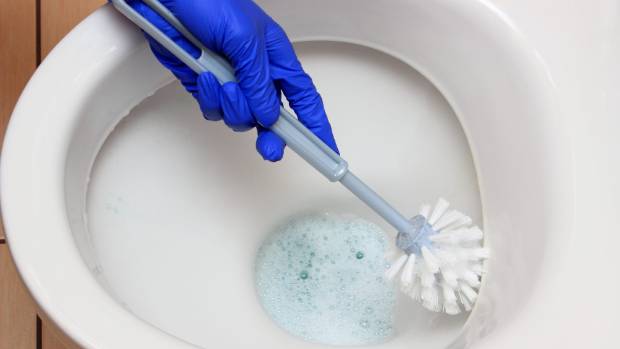If you’ve ever decided to replace your old carpet or remove the worn-out remnants of one, you may have encountered a sticky situation – literally. Stripping carpet glue can be a challenging task, but with the right techniques and a bit of elbow grease, it’s manageable. In this guide, we’ll walk you through the best methods for removing carpet glue effectively.
Understanding Carpet Glue
Before we dive into the removal process, let’s take a moment to understand what carpet glue is and why it can be such a stubborn adhesive.
Types of Carpet Glue
Carpet glue is used to secure the carpet to the subfloor. There are various types of carpet adhesives, including water-based and solvent-based options. Water-based adhesives are more common and can be easier to remove than their solvent-based counterparts.
Why It’s Challenging
Carpet glue is designed to be durable and long-lasting, which is excellent for keeping your carpet in place but can make removal a bit tricky. Over time, the adhesive can become even more stubborn, requiring patience and the right techniques to strip it effectively.
Tools and Materials You’ll Need
Before you begin, gather the necessary tools and materials. Here’s a list of what you’ll need:
Tools:
- Utility Knife: For cutting and scraping.
- Putty Knife: Ideal for loosening glue from the surface.
- Heat Gun: Helps soften and loosen the adhesive.
- Rubber Gloves: To protect your hands.
- Safety Glasses: Essential for eye protection.
Materials:
- Solvent or Adhesive Remover: Choose a product suitable for your specific glue type.
- Scrub Brush: Used for scrubbing off loosened adhesive.
- Old Rags or Towels: For wiping away residue.
- Bucket: To mix water and adhesive remover if needed.
Method 1: Removing Carpet Glue with Solvent
This method is effective for solvent-based adhesives. Here’s how to do it:
Step 1: Safety Precautions
- Put on your safety glasses and rubber gloves.
- Work in a well-ventilated area or wear a mask to avoid inhaling fumes.
Step 2: Scrape Off Excess Glue
Use a putty knife to scrape off any excess adhesive on the surface. Be careful not to damage the subfloor.
Step 3: Apply the Solvent
- Follow the instructions on the adhesive remover product.
- Apply the solvent to a small section of the adhesive.
- Allow it to sit for the recommended time.
Step 4: Scrub and Wipe
- Use a scrub brush to gently scrub the adhesive.
- Wipe away the loosened adhesive with old rags or towels.
- Repeat the process for the entire area.
Method 2: Removing Carpet Glue with Heat
This method is suitable for water-based adhesives. Follow these steps:
Step 1: Safety Precautions
- Wear safety glasses and rubber gloves.
- Make sure the area is well-ventilated.
Step 2: Soften the Adhesive
- Hold a heat gun several inches above the adhesive.
- Move the heat gun in a back-and-forth motion to soften the glue.
- Avoid overheating, as this can release harmful fumes.
Step 3: Scrape Off Softened Glue
- While the adhesive is still warm and soft, use a putty knife to scrape it off.
- Be cautious not to damage the subfloor.
Step 4: Clean Up
- Wipe the subfloor clean with a damp cloth to remove any residue.
- If needed, use a solvent or adhesive remover to clean stubborn spots.
Tips and Precautions
- Always follow the manufacturer’s instructions when using adhesive removers.
- Properly dispose of any adhesive residue and cleaning materials.
- Take breaks as needed to avoid strain or fatigue.
Final Cleanup
Once you’ve successfully removed the carpet glue, it’s essential to clean and prepare the subfloor for your next flooring project:
- Thoroughly clean the subfloor with a damp cloth to remove any remaining residue.
- Ensure the surface is smooth and free of any debris or adhesive remnants.





